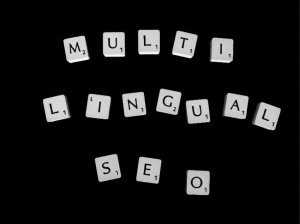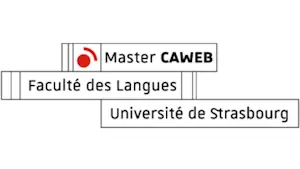A Swiss is a Swiss is a Swiss, or the importance of website localization and multilingual SEO
Having an online presence is essential for businesses in today’s digital world. It allowsthem to showcase their products and services as well as reach a wider audience and build relationship with their customers. In multilingual countries, providing customers with a positive online experience includes offering content in several languages. This article uses the example of Switzerland to show why a successful multilingual website project needs to include website localization and multilingual search engine optimization (SEO).

Translate – speak your readers’ language
According to a survey conducted by Common Sense Advisory, more than half of consumers are willing to pay more if you give them information in their own language. Most Swiss businesses are aware of the importance of offering content in more than one of the main national languages (German, French and Italian). Hence Swiss customers will generally find most websites available at least in German and French.
Localize – adapt content to your readers
Note that translating a website is much more than just substituting words. Translation is part of a process called localization, which is the adaptation of content to the target market. This includes ensuring that ideas and concepts are conveyed correctly, that the content in the target language is relevant to the intended user, and that their cultural perspective is taken into account.
You might think that for such a small country as Switzerland, simply translating websites would be enough, because… a Swiss is a Swiss is a Swiss. But website localization is important even within a country, as cultures, religions, customs, public holidays, typographical rules, etc., can differ between linguistic regions. For instance, real testimonies from Swiss German-speaking customers will appeal more to potential German-speaking customers than Swiss-French testimonials that have been translated into German.
Another element that needs adapting is the user interface. Web pages layout must be designed so that titles and buttons can properly be displayed in every language. For instance, the German word for shopping cart is Warenkorb. It is much longer than the French equivalent panier and therefore requires a larger button. Pages should also allow for different text lengths between languages. As a general rule, French translations are 20-25% longer than their German originals.
Multilingual SEO – make sure your website is found by Google
Finally, websites need to be attractive not only for visitors but also for search engines. SEO for multilingual websites includes several strategies such as keyword research and transcreation that help drive targeted search traffic to a translated website.
According to a study by the University of St. Gallen in Switzerland, the travel behavior of Swiss Germans and Swiss-French differs considerably. When planning their next holiday, Swiss Germans might use keywords related to active and adventure holidays which reflect their preferences. Whereas Swiss French will be looking for relaxation and discovery holidays. A Swiss travel operator therefore cannot simply translate keywords that have proven to be successful in German. They need to research and find which keywords their French-speaking customers are most likely to use. Then, the relevant content on the website needs to be optimized accordingly so that these keywords are also included in the website and will be found when it is indexed by Google.
The secret of successful multilingual SEO is high-quality multilingual content that was properly localized and optimized for the target market. Creating an SEO-friendly multilingual website is a time-consuming and demanding process. But if properly carried out, it will be rewarded with an increase in traffic and sales.
If you are planning to go multilingual, make sure you do your research before starting your project. Further useful information about topics covered in this article can be found on the TCLoc Masters’ blog.
Article written by Alessandra Chenier, TCLoc Masters’ Alumni





